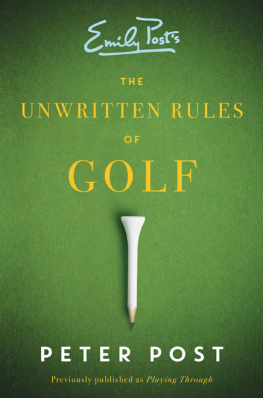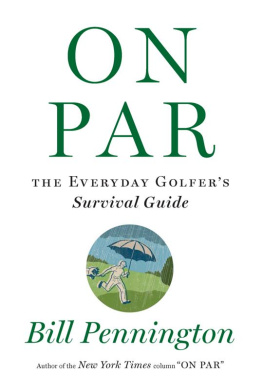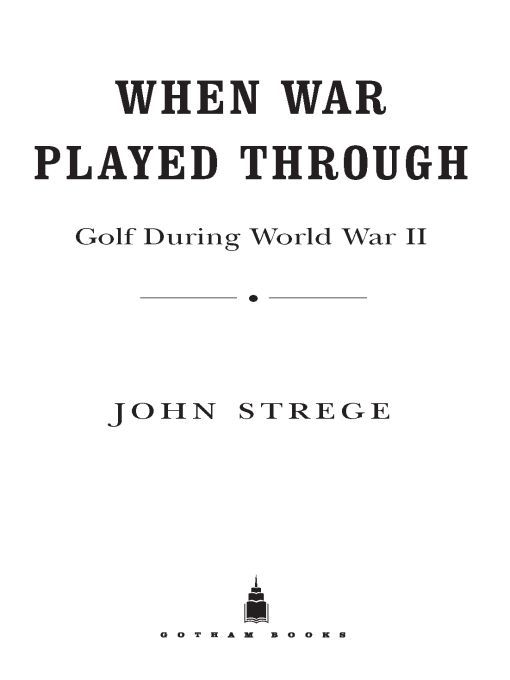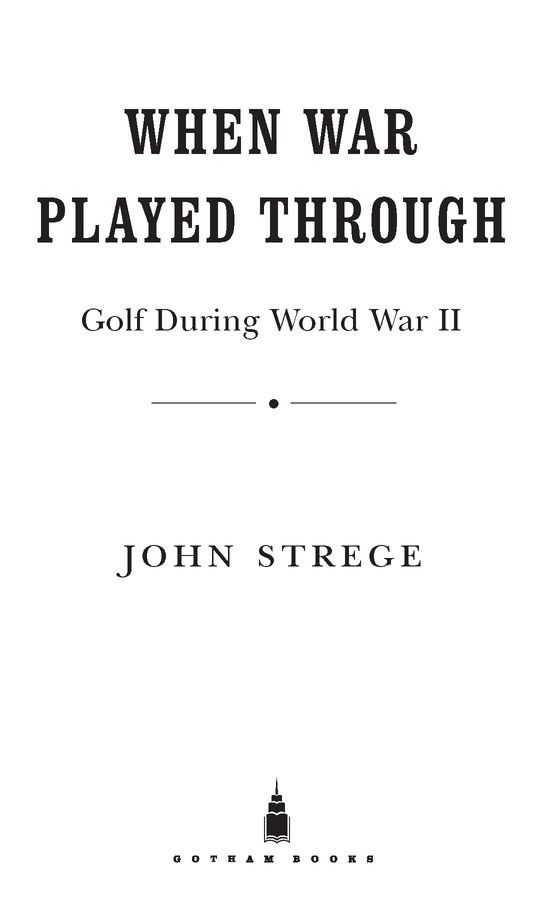Table of Contents
Temporary Rules, 1941 Richmond Golf Club London, England
1. Players are asked to collect the bomb and shrapnel splinters to save these causing damage to the mowing machines.
2. In Competitions, during gunfire or while bombs are falling, players may take shelter without penalty or ceasing play.
3. The positions of known delayed action bombs are marked by red flags at a reasonable, but not guaranteed, safe distance therefrom.
4. Shrapnel and/or bomb splinters on the Fairways, or in Bunkers within a clubs length of a ball, may be moved without penalty, and no penalty shall be incurred if a ball is thereby caused to move accidentally.
5. A ball moved by enemy action may be replaced, or if lost, or destroyed, a ball may be dropped not nearer the hole without penalty.
6. A ball lying in a crater may be lifted and dropped not nearer the hole, preserving the line to the hole, without penalty.
7. A player whose stroke is affected by the simultaneous explosion of a bomb may play another ball. Penalty one stroke.
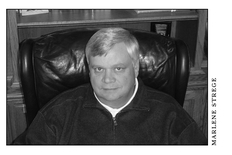
John Strege is the author of the bestseller Tiger, a senior writer for Golf World, and a contributor to Golf Digest. He is also the author of Off the Record, Tournament Week, and Tiptoeing Through Hell. He lives in Fallbrook, California.
For Marlene and Hannah
who brighten every day
PREFACE
On the eve of World War II, golf was foundering. The Great Depression had deprived families of the wherewithal to pursue frivolous activities, including golf. One million players, one of every five golfers in America, had abandoned the game. Hundreds of country clubs had been unable to endure the financial hardship and folded. It was largely considered an elitist sport before the Depression, more so when unemployment ravaged the working class. Even spectator interest in the game had waned since Bobby Jones had retired from competitive golf in 1930, the games lone transcending star virtually abandoning the public stage for good.
Then came the war. A crisis diminishes sports relevancy, even exposes their irrelevancy. When bombs drop, does it matter whether putts do too? There were those for whom yes would have been the response, perhaps those for whom editors at the Associated Press intended their message when they dispatched a memo to their sportswriters shortly after World War II began, asking that they refrain from employing war terminology in their sportswriting. A football grid is not a battlefield, whatever the extent of the animus one side has for the other.
It was no surprise, then, that when the United States Golf Association canceled its showcase event, the U.S. Open, in response to Americas entrance into World War II, it was not a universally popular decision. The noted golf writer Herb Graffis recounted the protestations of more than a few of his colleagues in the press room. But in gentlemanly Ivy League accents, Graffis wrote, the USGA silenced criticism by the rebuttal, What to hell, dont you guys know your country is in a war?
As a scolding goes, this was a watershed moment for a game that tended to take itself too seriously, as its heritageroyal and ancientsuggests. It would soon become apparent that the game and its devotees understood the dire nature of the crisis and their obligation to assist.
When Winston Churchill delivered his speech at the Lord Mayors Day Luncheon in London on November 10, 1942, he was not thinking about golf, precisely. Then again, neither was he dismissing it.
In this strange, terrible world war, Churchill told the audience, there is a place for everyone, man and woman, old and young, hale and halt; service in a thousand forms is open. There is room now for the dilettante, the weakling, for the shirker, or the sluggard. The mine, the factory, the dockyard, the salt sea waves, the fields to till, the home, the hospital, the chair of the scientist, the pulpit of the preacherfrom the highest to the humblest tasks, all are of equal honor; all have their part to play.
Even golf, he could have added.
GOLF ON A DAY OF INFAMY
The Pearl Harbor Attack
The rising sun was a reliable ally for off-duty sailors and soldiers looking for the weather to cooperate with their golf habits. On the Hawaiian island of Oahu, sunny and warm is less a forecast than a reasonable expectation. On Sunday morning, December 7, 1941, the sun arrived on cue over the clouds that were shrouding the Koolau Range on the eastern end of Oahu. Its radiance poured through the open windows of the new four-bedroom, two-story home on Makalapa Drive that had been constructed on a patch of an old sugar plantation on the southwestern slope of Oahus Makalapa Crater, overlooking Pearl Harbor. The home was built to quarter the commander in chief of the United States Navys Pacific Fleet. Admiral Husband E. Kimmel was its first resident, and on virtually every Sunday morning there, the sun was his wake-up call, luring him eagerly from bed and to the first tee.
Mornings ritually allay fears that flourish in the dark of night. Admiral Kimmels sunrise reverie on December 7 belied the concern that had accompanied him the night before to a party hosted by Rear Admiral H. Fairfax Leary at the Halekulani, on Waikiki Beach. A Saturday evening at the Halekulani, House Befitting Heaven, was where worries ordinarily vanished. Warm, gentle trade winds set a laid-back tempo, and the sun colorfully and gracefully bade adieu to another day in paradise. Waiters served platters of fresh fish from local waters, wrapped in ti leaves and steamed, while a dulcet-toned crooner coaxed Hawaiian standards from his heart.
The tranquility in this setting was palpable. For Admiral Kimmel it was also deceptive, which helped cast a pall over the quiet dinner party. Kimmels own worries were too durable to succumb to the hypnotic virtues of a Hawaiian sunset; he had read War Department communiqus that buttressed a growing uneasiness that a Japanese attack was imminent. On this night, worries prevailed and a party died.
Kimmels title, Commander in Chief of the Pacific Fleet (CINCPAC, in the shorthand of the Navy), was a sobering accomplice. He was the boss, and he was a stern, serious man who was inherently unlikely to salvage a listless party. He was not a raconteur, nor was he disposed to consume a quantity of alcohol necessary to his becoming one. He typically had no more than a single drink, as was the case on this night. He left the party at ten.
Golf was Kimmels only vice in these uncertain times. Indeed, the only certainty from his standpoint was that a Japanese attack was not so imminent as to prevent his being on the first tee at Fort Shafter Golf Course. He was scheduled to play with Lieutenant General Walter C. Short, his Army counterpart on the islands, the commanding general. Shorts own Saturday evening was similarly dampened by the pervasive notion that Oahu would soon be in Japanese crosshairs. General Short and his wife, accompanied by Lieutenant Colonel and Mrs. Kendall Fielder, had attended a charity dinner dance at the Schofield Barracks fifteen miles from his quarters at Fort Shafter. The general never had more than a single drink, either, whiskey, usually, which allowed him to gracefully bow out early from any social function, as he did from this one.




